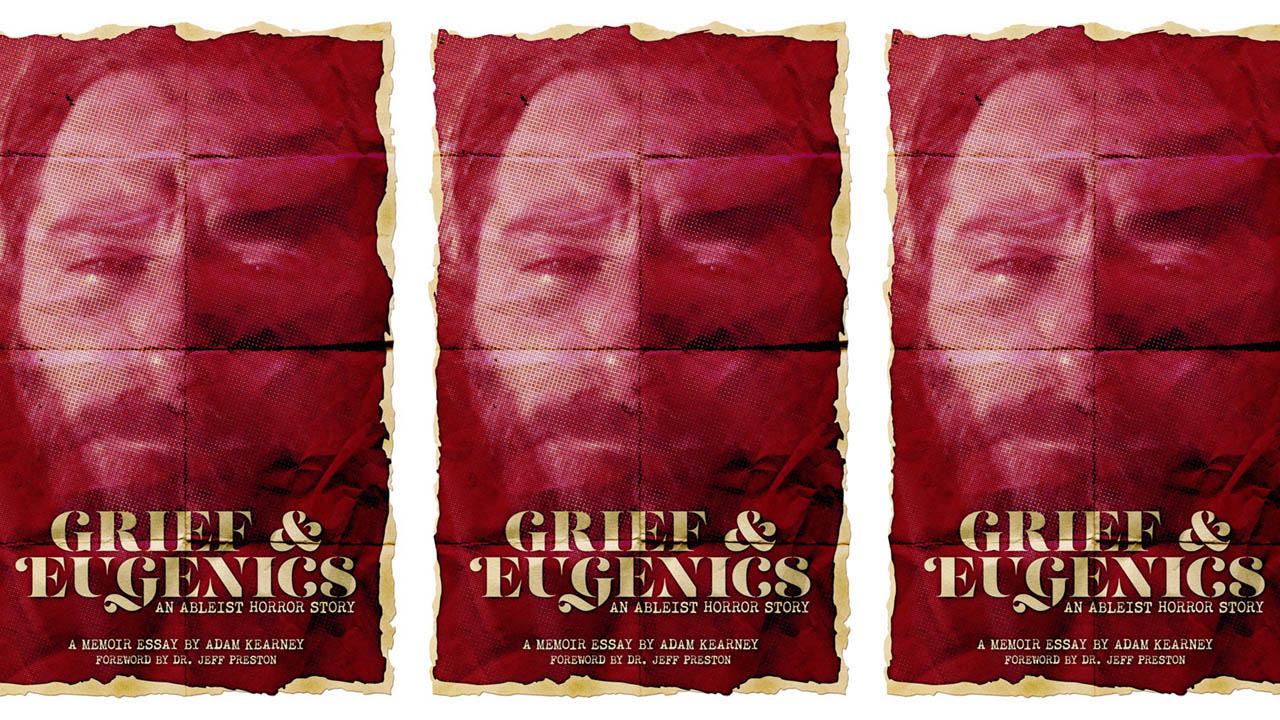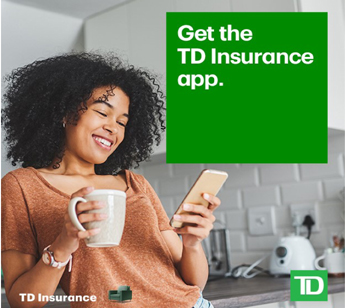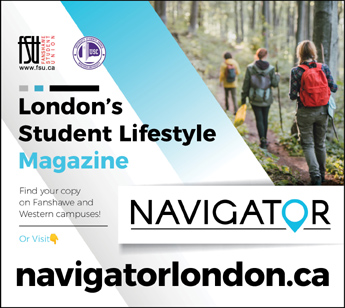Grief & Eugenics: An Ableist Horror Story, Part Six
 CREDIT: ADAM D. KEARNEY
CREDIT: ADAM D. KEARNEYDating with a disability can be a nightmare.
This article is Part Six in a series of excerpts from Fanshawe grad Adam D. Kearney’s essay, Grief & Eugenics: An Ableist Horror Story.
STUART, EVERETT & JONAS
Dating with disability is a fucking nightmare and it has only gotten worse in the age of dating apps. As I mentioned already, it played a crucial role in my disassociation from my disability and the disabled community. I felt that the less people saw me as the disabled stereotype the more worthy of love I became. Back in the day, the young curious pervert that I was would stay up late to watch Sex with Sue (a Canadian institution for my generation) and whatever sex education program was on the Discovery Channel late at night (in hopes of seeing some nudity). Yes, I did see lots of flesh, but I also accidentally learned some sociology too. Lessons like, masculine folks find red lipstick attractive because it mimicked feminine arousal. Feminine folks find physical fitness attractive because it went back to a primitive desire to be cared for in some prehistoric time. I also learned that connected to this there is an innate desire to pass along the best genes possible. This information reinforced my internalized ableism—why would anyone want my faulty mutated genetic strains?
All that being said, I did manage to have relationships. They were few and far between. Looking back now I am sure I was projecting my self-hatred outwards just as much as I was inwards, only scaring folks off. That, mixed with my desire to be loved and not feeling worthy of love, led to some pretty toxic attachment behaviours. Not to mention the boat loads of anxiety and depression that came with it.
In the fall of 2010, I had gone through a messy breakup. A relationship which I knew was doomed from the start but I had managed to latch onto until the absolute bitter end. Nursing my broken heart over a pint (or 10) with my roommate at our neighbourhood pub became a habit. We had started to hit trivia nights there as an excuse to go out on a Monday night and this is where I first met Jolene (not her real name). She was at the table next to us with a friend and after striking up a conversation we hit it off. It was a connection that slowly grew over a month. I had a terrible mustache growing for Movember and she had mentioned how much she hated mustaches. I already had a truck load of baggage and reasons in my mind why she would shoot me down. I waited until Dec. 1, after I shaved, to ask her out on a date. She said yes, coffee was had, and finally a crush turned into a like, and eventually a like into love.
Jolene lived a block away from me and because I had a roommate and she lived alone, we spent most of our time at her place. Her place wasn’t accessible and was too small to really get my wheelchair into, let alone make any use of it. As our relationship continued to grow, so did my physical mobility. I eventually got to the point where I was walking around unassisted, free from my cane and walker. For the first time in my life I was free of an assistive device, and boy did my internalized ableism love that. The distance between me and my disability continued to grow. Things were really looking up, until one day about eight months into our relationship she dropped a bombshell, “I don’t think I can be in a relationship with a person with a disability.” The shockwave of hearing these words took my breath away.
Through all my experiences dating, or more accurately “trying” to date, I had never had anyone actually say they couldn’t be with me because of my disability. Sure, I kind of figured behind some of the “I think I would rather just be friends” statements was some lurking ableism, but I had kind of gotten used to just hearing no and not trying to decipher it any further.
After a quick head shake, I collected myself from the initial shock of having been told I was potentially unlovable due to my disability and went on the defensive. I did everything I could to diminish my disability. Whatever I couldn’t alleviate I placed squarely on my shoulders as my responsibility and not hers. After all it was my disability, and not hers. My position seemed to be winning her over.
Our discussion turned to starting a family. She felt that with her job requiring her to be on call and there was the potential that my disability would leave me unable to care for an infant with the same disability. The logistics of it seemed impossible to her. Again, I went on the defensive and said that there were many ways around this: adoption, prenatal genetic screening and in vitro fertilization were all options. I certainly didn’t see the value in passing on something that had already created so much grief in my life. Our highly emotional discussion went long into the night, we had both shed a lot of tears. In the end she wanted to give it some consideration before coming to a decision. I wheeled home sad and frustrated at 3 a.m.
The next day, after getting no sleep at all, Jolene invited me back to finish our conversation. She wasn’t ready to give up on what we had and so we decided to take things one step at a time. We both came back to the relationship with renewed energy. We kept up a slow and steady momentum and within the year we got our first place, a dog (Pogue) and a dishwasher together. Things were going better than I imagined, only I hadn’t realized the burden I had taken on with the concessions I made in our discussion. A constant anxiety began to build in me: should my disability ever present itself in an overbearing way the relationship would be over and once again I would be an unlovable misfit. I always found a stiff drink would really help melt away that anxiety.
Now that we had our own space we started taking the family discussions more and more seriously. We decided that we were trying to start a family without disability. Being so detached from anything disability related for so long I didn’t comprehend just how toxic that statement was. We talked through all of our options. Though we weren’t against adoption, we both really preferred the idea of having a child of our own as that was what our friends and family around us were doing. It came down to two options — both involving genetic testing. One was doing in vitro fertilization (IVF). This would involve doing genetic testing just a few days after the cells had started dividing. Then implanting an embryo that didn’t have my faulty genetics, or as the lab called them “viable embryos.” However this option cost a lot of money which we didn’t have an abundance of. We ended up deciding to take the other option. This was getting pregnant the old-fashioned way and then doing prenatal testing around 15 weeks into the pregnancy. We would then make the decision to continue on with the pregnancy or end it.
To be continued…
This memoir essay was published as a zine in Jan. 2023. If you enjoy it and feel you would like to support the author, you can find a pay what you can PDF or purchase a physical copy at handcutcompany.com.
Editorial opinions or comments expressed in this online edition of Interrobang newspaper reflect the views of the writer and are not those of the Interrobang or the Fanshawe Student Union. The Interrobang is published weekly by the Fanshawe Student Union at 1001 Fanshawe College Blvd., P.O. Box 7005, London, Ontario, N5Y 5R6 and distributed through the Fanshawe College community. Letters to the editor are welcome. All letters are subject to editing and should be emailed. All letters must be accompanied by contact information. Letters can also be submitted online by clicking here.















